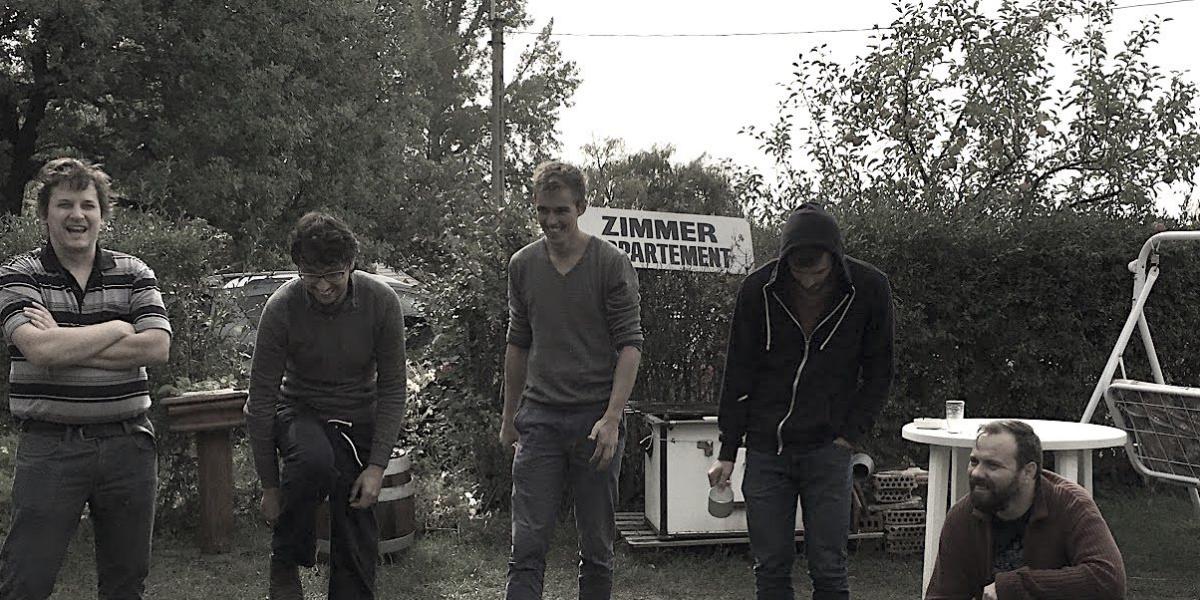
He brought two pages of notes with him. He went through the questions thoroughly. He knew what he wanted to talk about and in what order. He is the guy who passed on the subject during sprint retros, who was just fond of coding and thought everything else only causes unnecessary delays. He is the guy whose energy is just indispensable for the team, who participates in all activities with deep compassion. What has happened? I listened, gave all my attention to him, and made notes, and I was just amazed. I did not manage to understand and still don’t know what caused this change; what got him open up. It happened, and that’s what matters.
This was also a year-end retrospective during which we talk through - in one and a half or two hours - the past year, the individual ambitions, the current state, and the plans for next year. This year this means twenty discussions for me. I send out the invitations with the following questions and note that we can disconnect from this list if it is needed:
1. What worked well during this year? What would be great if it was the same next year?
2. As for our culture and operation, what we managed to improve this year?
3. What we have to improve next year?
4. What professional ambitions did you have for the year, and what could you realize?
5. What are your strengths? The ones you would like to continue to build on?
6. Which were your favorite projects?
7. What kind of projects would you like to work on next year?
8. What would you like to improve next year?
9. Do you have any feedback?
I don’t have the intention to look into people’s personal life. These talks are important to me because I can get an overall impression on the company, and team members can contribute to how we shape our vision of the future. The final goal of these discussions is to find a standard narrative of what happened to us in the past 365 days and envisage the upcoming year.
The expectations of people are often not clear either, and it is almost always very challenging to find the details in the colorful picture.
In this time of the year, thanks to these talks, I face with various influences. It happened that someone might want to leave the company, but still hesitates and needs some reinforcement to stay. The discussions are both inspiring and hard. Sometimes we need a second time to find the common denominator. I think the most difficult situations to handle is when someone arrives at the edge of burnout, without a vision when someone does not want to change but does not know motivations either. These are the discussions that make me step out of my comfort zone. How can I offer a vision to someone who does not see his objectives, is he just struggling, living through maybe for months? For how long can someone be in this state while affecting his environment? Can we build on these experiences and initiate change on an organizational level?
So we were sitting in the coffee. We went through all the topics one by one. The two hours became four. It is exciting to see the individual and team motivation, objective, and subjective criteria. The past four years, all the perspectives each year offered, all the things we managed to improve.
Share with your friends!